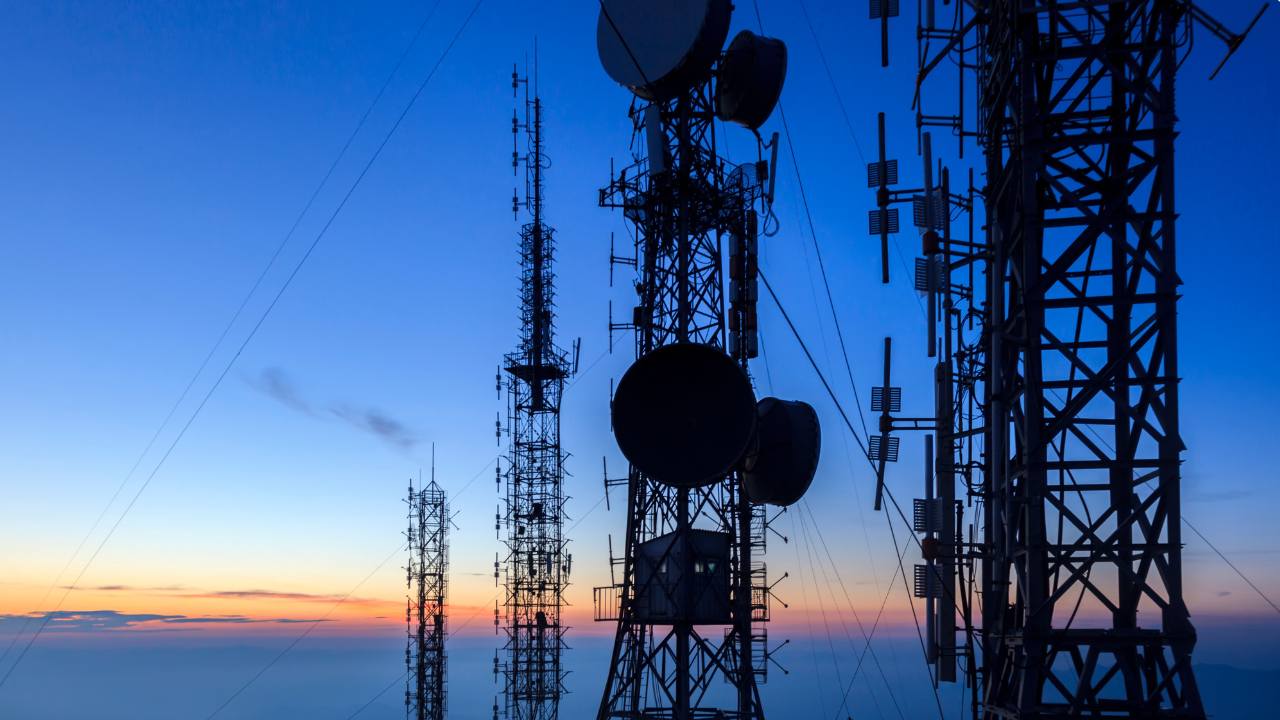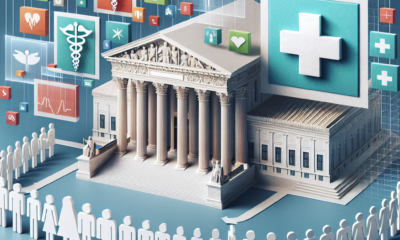
wildpixel/ iStock via Getty Images Plus
Peter Kasson, Georgia Institute of Technology
The measles outbreak that began in west Texas in late January 2025 continues to grow, with 400 confirmed cases in Texas and more than 50 in New Mexico and Oklahoma as of March 28.
Public health experts believe the numbers are much higher, however, and some worry about a bigger resurgence of the disease in the U.S. In the past two weeks, health officials have identified potential measles exposures in association with planes, trains and automobiles, including at Washington Dulles International Airport and on an Amtrak train from New York City to Washington, D.C. – as well as at health care facilities where the infected people sought medical attention.
Measles infections can be extremely serious. So far in 2025, 14% of the people who got measles had to be hospitalized. Last year, that number was 40%. Measles can damage the lungs and immune system, and also inflict permanent brain damage. Three in 1,000 people who get the disease die. But because measles vaccination programs in the U.S. over the past 60 years have been highly successful, few Americans under 50 have experienced measles directly, making it easy to think of the infection as a mere childhood rash with fever.
As a biologist who studies how viruses infect and kill cells and tissues, I believe it is important for people to understand how dangerous a measles infection can be.
Underappreciated acute effects
Measles is one of the most contagious diseases on the planet. One person who has it will infect nine out of 10 people nearby if those people are unvaccinated. A two-dose regimen of the vaccine, however, is 97% effective at preventing measles.
When the measles virus infects a person, it binds to specific proteins on the surface of cells. It then inserts its genome and replicates, destroying the cells in the process. This first happens in the upper respiratory tract and the lungs, where the virus can damage the person’s ability to breathe well. In both places, the virus also infects immune cells that carry it to the lymph nodes, and from there, throughout the body.

What generally lands people with measles in the hospital is the disease’s effects on the lungs. As the virus destroys lung cells, patients can develop viral pneumonia, which is characterized by severe coughing and difficulty breathing. Measles pneumonia afflicts about 1 in 20 children who get measles and is the most common cause of death from measles in young children.
The virus can directly invade the nervous system and also damage it by causing inflammation. Measles can cause acute brain damage in two different ways: a direct infection of the brain that occurs in roughly 1 in 1,000 people, or inflammation of the brain two to 30 days after infection that occurs with the same frequency. Children who survive these events can have permanent brain damage and impairments such as blindness and hearing loss.
Yearslong consequences of infection
An especially alarming but still poorly understood effect of measles infection is that it can reduce the immune system’s ability to recognize pathogens it has previously encountered. Researchers had long suspected that children who get the measles vaccine also tend to have better immunity to other diseases, but they were not sure why. A study published in 2019 found that having a measles infection destroyed between 11% and 75% of their antibodies, leaving them vulnerable to many of the infections to which they previously had immunity. This effect, called immune amnesia, lasts until people are reinfected or revaccinated against each disease their immune system forgot.
Occasionally, the virus can lie undetected in the brain of a person who recovered from measles and reactivate typically seven to 10 years later. This condition, called subacute sclerosing panencephalitis, is a progressive dementia that is almost always fatal. It occurs in about 1 in 25,000 people who get measles but is about five times more common in babies infected with measles before age 1.
Researchers long thought that such infections were caused by a special strain of measles, but more recent research suggests that the measles virus can acquire mutations that enable it to infect the brain during the course of the original infection.
There is still much to learn about the measles virus. For example, researchers are exploring antibody therapies to treat severe measles. However, even if such treatments work, the best way to prevent the serious effects of measles is to avoid infection by getting vaccinated.![]()
Peter Kasson, Professor of Chemistry and Biomedical Engineering, Georgia Institute of Technology
This article is republished from The Conversation under a Creative Commons license. Read the original article.




















































